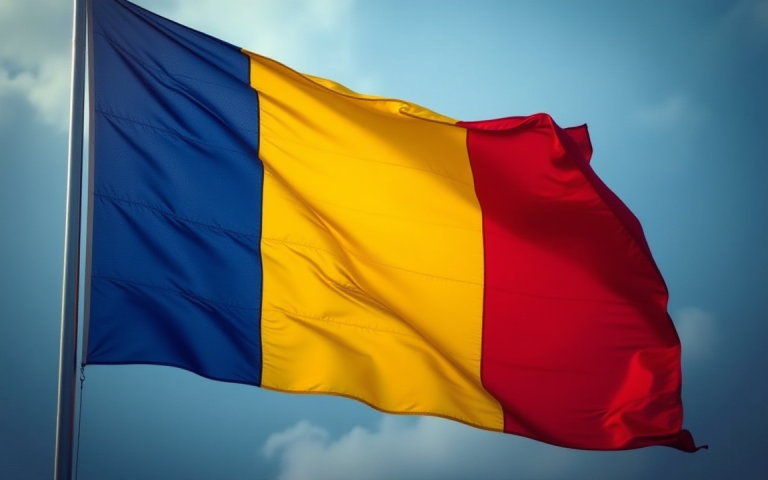Nvidia Corp. came within striking distance of overtaking Apple Inc. as the world’s second most valuable company on Tuesday, as its stock rallied on optimism around chip sales to Saudi Arabia and artificial intelligence infrastructure deals.
The company’s shares jumped 5.6% to close at $129.93, lifting its market capitalisation to $3.17 trillion — just shy of Apple’s $3.18 trillion.
Nvidia’s gains on Tuesday bring its total rise since April to 38%, outpacing Apple’s 23% climb in the same period.
“At this pace, Nvidia may soon overtake Apple as the second-largest company in the world,” says Jessica Amir, market strategist at Moomoo Australia.
The rally has also propelled the wealth of Nvidia’s co-founder and CEO Jensen Huang, whose net worth surged to around $120 billion — up from $80 billion a year ago.
That puts him just outside the top ten in Forbes’ real-time billionaires list, a reflection of how closely his fortune is tied to Nvidia’s explosive growth in AI.
Huang has steered Nvidia to the centre of the global AI boom, capitalising on the insatiable demand for high-performance chips used to train large language models and other generative AI tools.
Saudi deal signals new growth frontier
Investor optimism was further boosted by Nvidia’s announcement of a new partnership with Saudi Arabia’s Humain, an AI startup backed by the kingdom’s sovereign wealth fund.
Speaking at the Saudi-US Investment Forum in Riyadh, Huang confirmed that Nvidia would supply the chips for a 500 megawatt data centre project that will be central to Saudi Arabia’s AI ambitions.
The project will begin with 18,000 of Nvidia’s GB300 Grace Blackwell Superchips, with hundreds of thousands more to follow over the next five years.
The chips will be connected using Nvidia’s InfiniBand networking technology, reflecting the scale and sophistication of the infrastructure being built in the Gulf region.
The development aligns with the Trump administration’s broader strategy of expanding semiconductor access in the Middle East.
A potential deal to allow the UAE to import over a million Nvidia chips is also under consideration, which analysts believe could add further upside to the company’s stock.
“Nvidia needs just another US$11 billion more in market capitalisation to reach the goal,” Amir said.
“Then it could tap Microsoft on the shoulder to reclaim the No.1 spot. There’s more upside for Nvidia as the US is weighing a deal to allow the United Arab Emirates to import more than one million Nvidia chips, while major S&P 500 tech companies have reaffirmed they’re also buying more,” she added.
Earnings on deck, China ban still a drag
Despite the rally, Nvidia still faces headwinds.
Analysts at UBS said they expect the company to beat revenue expectations in its upcoming earnings report on May 28, though earnings per share might slightly disappoint.
UBS strategist Timothy Arcuri trimmed his price target to $175 from $180, citing continued restrictions on Nvidia’s most advanced chips in China.
To mitigate the impact, Nvidia is reportedly preparing a downgraded version of its H20 chip for the Chinese market, though the company has declined to comment.
Nonetheless, momentum is clearly with Nvidia.
As long as AI remains at the forefront of global tech priorities, Nvidia’s climb appears far from over.
The post Nvidia hits $3.17 tn, closes in on Apple’s m-cap after Saudi partnership: can it reshape tech rankings? appeared first on Invezz










